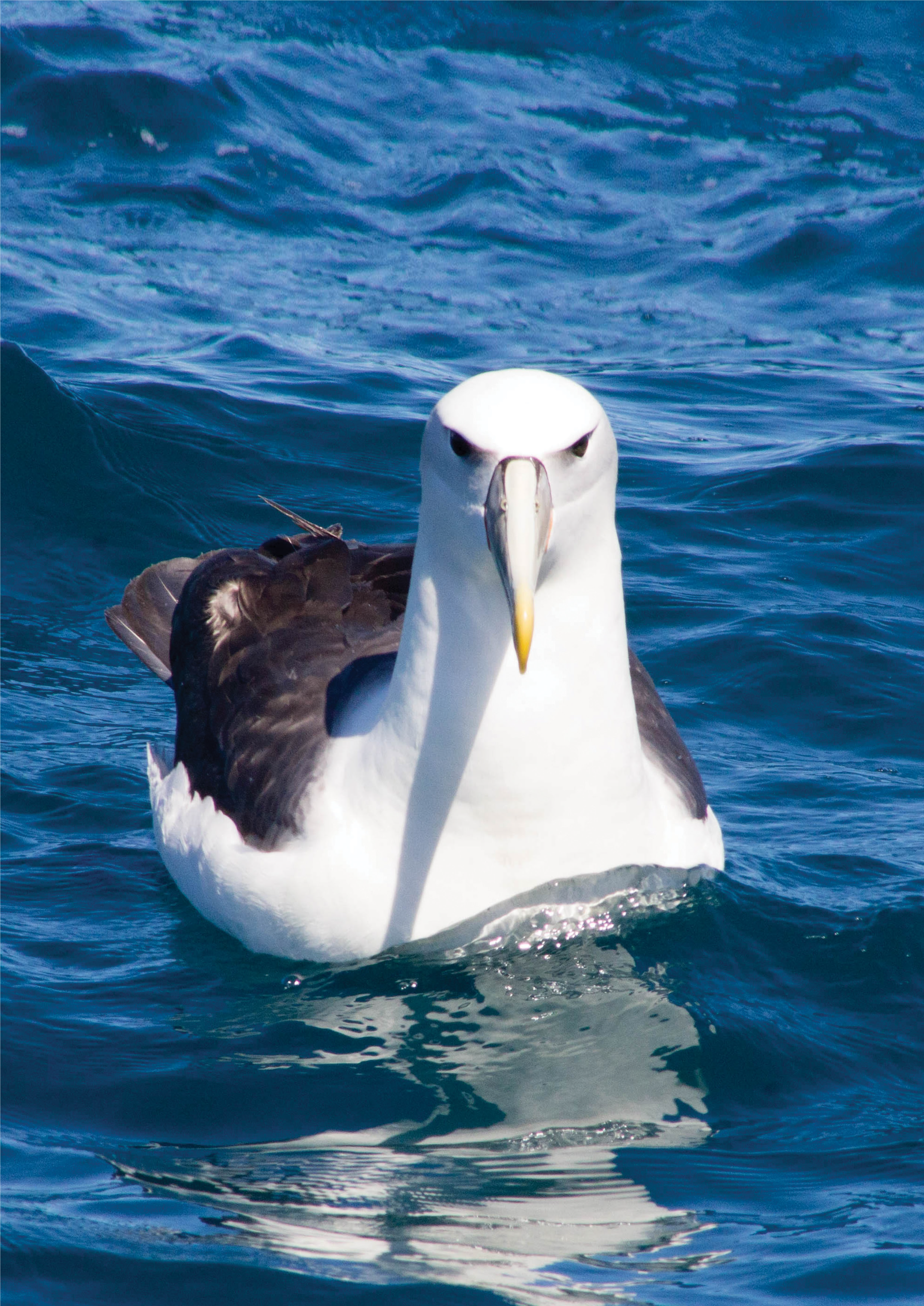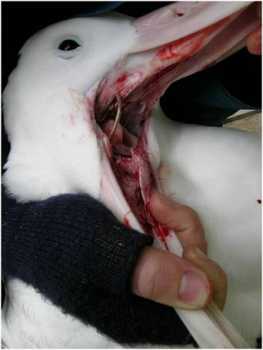
“Better protection for seabirds is being put in place with a new National Plan of Action to reduce fishing-related captures, Fisheries Minister Stuart Nash and Conservation Minister Eugenie Sage announced [last week].”
The Plan’s Executive Summary follows:
“New Zealand is a centre of seabird biodiversity: of an estimated 346 seabird species, there are approximately 145 species that use New Zealand waters, and 95 species that breed in New Zealand. Many of these species’ activities overlap with fishing, which can lead to the bycatch1 of seabirds. The National Plan of Action‑Seabirds 2020: reducing the incidental mortality of seabirds in fisheries (NPOA Seabirds 2020), outlines the New Zealand Government’s ongoing commitment to reducing bycatch of seabirds in our fisheries.
The NPOA Seabirds 2020, like its predecessors, stems from a recommendation made in the UN (United Nations) Food and Agriculture Organisation’s International plan of action for reducing incidental catch of seabirds in longline fisheries (IPOA-Seabirds) in 1999.
The NPOA Seabirds 2020 is New Zealand’s third iteration of a national plan of action. New Zealand has embarked on a programme of transformational change in our fisheries management to ensure that our fisheries are world-leading in their sustainability and environmental performance. At the end of this period, we expect to have significantly increased monitoring and more responsible, low-impact fishing practices.
In recognition of this path to change, this NPOA Seabirds 2020 focuses on education, partnering to find innovative solutions to bycatch mitigation, and ensuring that all fishers know how and are taking all practicable steps to avoiding seabird bycatch.
In five years, monitoring capabilities will have expanded and we will have better information on seabird populations and how to avoid captures. This will allow for more direct management, including consideration of mortality limits or other approaches as appropriate. We also expect that we will have a better understanding of seabird populations and behaviours, which will help us to identify other ways that we can ensure the long-term viability of our seabird species.
This NPOA Seabirds 2020 establishes the framework that the Department of Conservation (DOC) and Fisheries New Zealand will use to work together on seabird initiatives.
The NPOA Seabirds 2020’s vision is New Zealanders work towards zero fishing-related seabird mortalities.
Guided by this vision, the NPOA Seabirds 2020 has four goals:
1. Avoiding bycatch — effective bycatch mitigation practices are implemented in New Zealand fisheries
2. Healthy seabird populations — direct effects of New Zealand fishing do not threaten seabird populations or their recovery
3. Research and information — information to effectively manage direct fisheries effects on seabirds is continuously improved
4. International engagement — New Zealand actively engages internationally to promote measures and practices that reduce impacts on New Zealand seabirds
Each goal has objectives to be achieved within the next five years. We will report on our progress towards these objectives in a Seabird Annual Report, and will use the information it contains to set the following year’s priorities in a Seabird Implementation Plan. After five years, we will review the achievements and challenges of the NPOA Seabirds 2020.
The Seabird Advisory Group (comprising representatives from government agencies, key stakeholder groups and tangata whenua) will meet periodically to monitor and help implement the NPOA Seabirds 2020, and to consider new or arising matters related to the impacts on seabirds from fisheries.”
Read an media review of the plan.
With thanks to Igor Debski, New Zealand Department of Conservation.
Reference:
Fisheries New Zealand & Department of Conservation 2020. National Plan of Action – Seabirds 2020. Reducing the Incidental Mortality of Seabirds in Fisheries. Wellington: Fisheries New Zealand. 21 pp.
John Cooper, ACAP Information Officer, 08 June 2020

 English
English  Français
Français  Español
Español 




